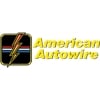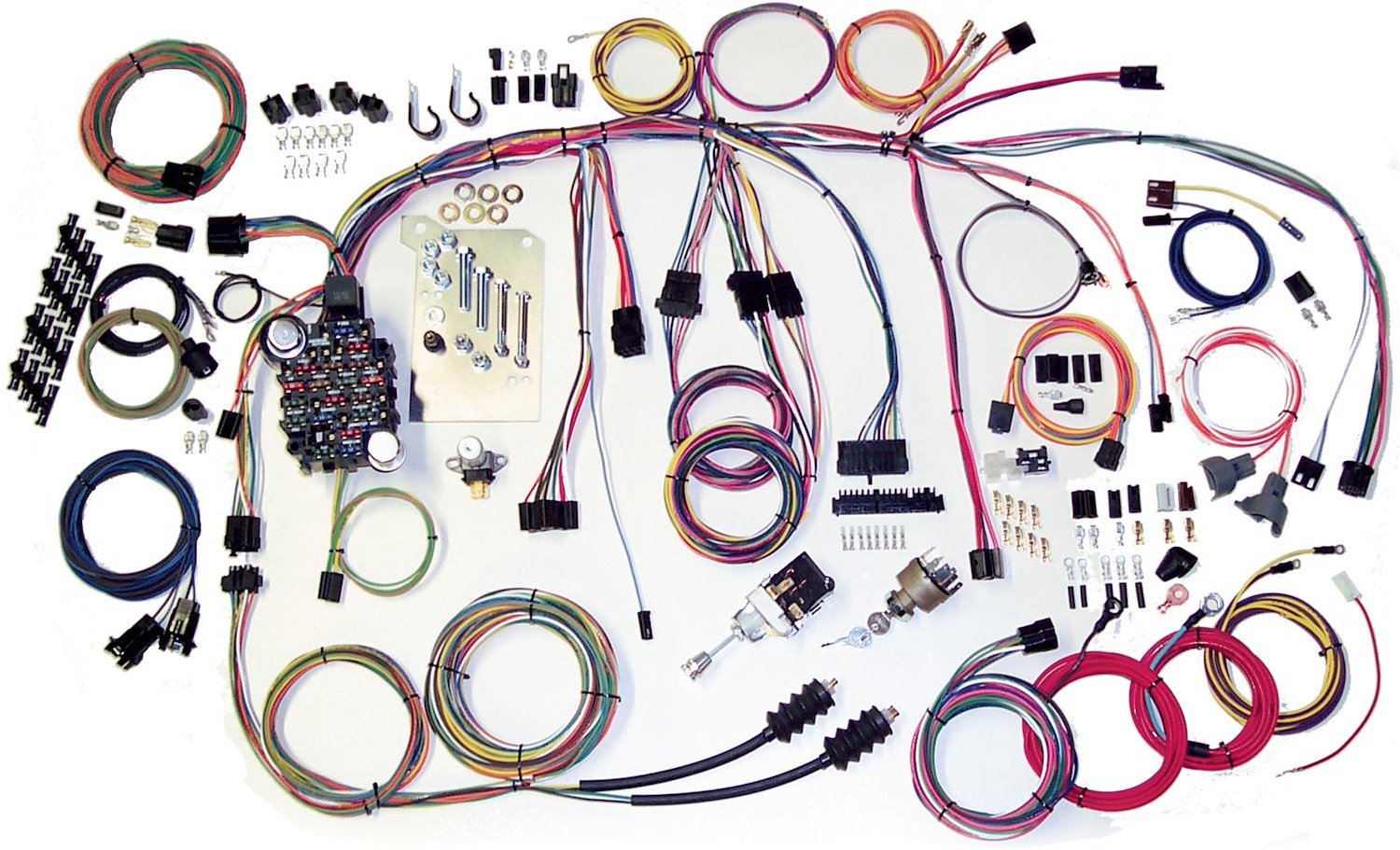| Ratings |
|---|
| Price |
| Brand |
Chevy/GMC Truck
American Autowire 500560 Classic Update Wiring Kit Includes:
- Upgraded ATC fuse panel and fuses, modern and labeled GXL wire
- Pre-built dash harness with a gauge cluster disconnect system compatible with OE and aftermarket instruments
- Engine and front light harness with extra-long leads
- Six-way power accessory plug
- Rear body wiring with extra-long leads
- 175 amp mega fuse kit with 6-gauge charge cable
- OE-replacement connectors, terminals and lamp sockets
- Headlight switch with 26 amp internal circuit breakers
- Steering column adapter kit with dash harness connector for 1969+ GM columns
- Ignition switch for HEI and EFI swap compatibility
FAQ
What is the best wire to rewire a car?
- For car rewiring, the best wire is often determined by the specific requirements of the vehicle and the application. However, generally, using high-quality copper wire with appropriate gauge and insulation suited for automotive use is recommended.
How do you check for bad wiring in a car?
- Inspect wires for signs of fraying, corrosion, or damage to the insulation.
- Use a multimeter to test for continuity and resistance along the wires.
- Look for burnt or melted insulation, which indicates overheating or short circuits.
- Check for erratic electrical functions in the vehicle, such as lights flickering or systems malfunctioning.
How long does it take to replace wiring in a car?
- The time to replace wiring in a car varies significantly based on the extent of the wiring job and the expertise of the person performing the task. It could take anywhere from several hours to a few days for a comprehensive rewiring job.
How do you extend automotive wires?
- Use wire connectors and appropriate splicing techniques to extend automotive wires.
- Cut the wire cleanly and use connectors designed for automotive use.
- Ensure proper insulation and secure connections to maintain electrical integrity.
Specifications:
Motor Vehicles
WARNING: Motor vehicles contain fuel, oils and fluids, battery posts, terminals and related accessories which contain lead and lead compounds and other chemicals known to the State of California to cause cancer, birth defects and other reproductive harm. These chemicals are found in vehicles, vehicle parts and accessories, both new and as replacements. When being serviced, these vehicles generate used oil, waste fluids, grease, fumes and particulates, all known to the State of California to cause cancer, birth defects, and reproductive harm.
Tools:
WARNING: Some dust created by power sanding, sawing, grinding, drilling, and other construction activities contains chemicals known to the State of California to cause cancer and birth defects or other reproductive harm. Some examples of these chemicals are: lead from lead-based paints, crystalline silica from bricks and cement and other masonry products, and arsenic and chromium from chemically treated lumber. Your risk from exposure to these chemicals varies, depending on how often you do this type of work. To reduce your exposure, work in a well-ventilated area and with approved safety equipment, such as dust masks that are specially designed to filter out microscopic particles.
Electrical Cords
WARNING: The wires of these products contain chemicals known to the State of California to cause cancer and birth defects or other reproductive harm. Wash hands after handling.

